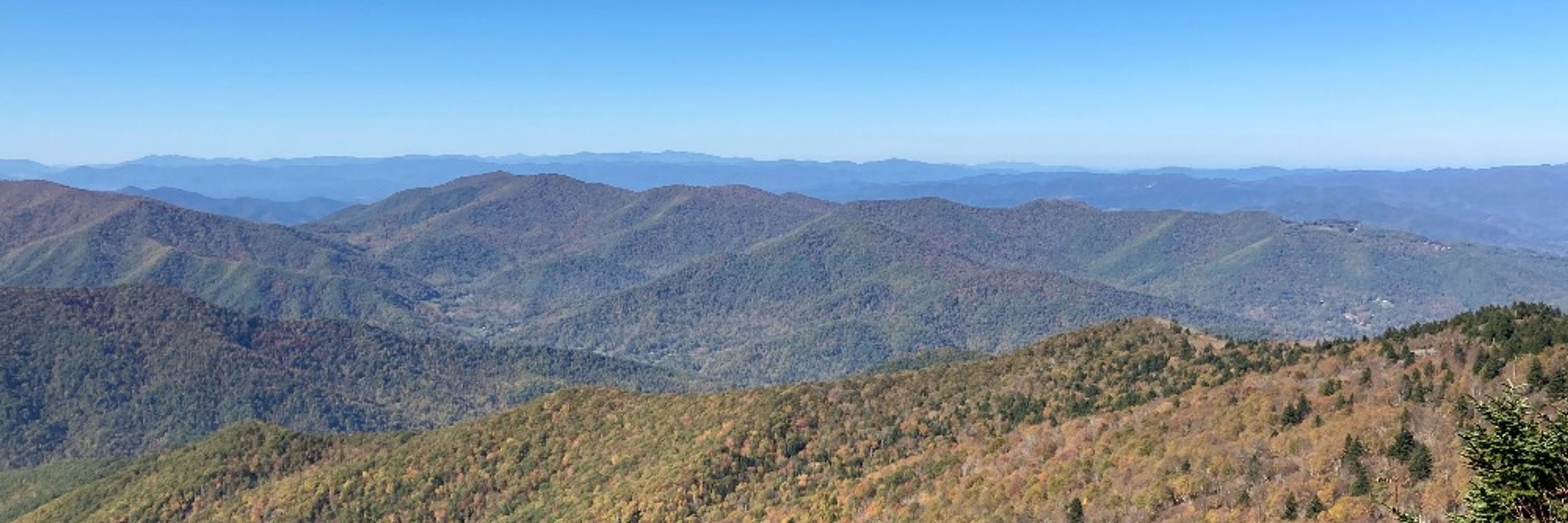
Maybe I'll plant myself a Fraser up here by the Fraser River
mscaterino.pika.page/posts/o-chri...
#biodiversity #nature 🌐

Maybe I'll plant myself a Fraser up here by the Fraser River
www.messageboxnews.com/p/how-to-han...

www.messageboxnews.com/p/how-to-han...

mscaterino.pika.page/posts/o-chri...
#biodiversity #nature 🌐

mscaterino.pika.page/posts/o-chri...
#biodiversity #nature 🌐
Researchers found a highly effective DNA repair protein in Bowhead whales that, inserted into Drosophila, increased lifespan and tumor resistance in the flies.
Researchers found a highly effective DNA repair protein in Bowhead whales that, inserted into Drosophila, increased lifespan and tumor resistance in the flies.


How can other species contribute to understanding & perhaps slowing aging?
mscaterino.pika.page/posts/increa...
#biodiversity #nature 🌐

How can other species contribute to understanding & perhaps slowing aging?
mscaterino.pika.page/posts/increa...
#biodiversity #nature 🌐
The highlight was this Oribatid mite (N. spinulosa) sporting long defensive spines, which I've nicknamed the Hellraiser mite!
#SoilBiodiversity 🧪


The highlight was this Oribatid mite (N. spinulosa) sporting long defensive spines, which I've nicknamed the Hellraiser mite!
#SoilBiodiversity 🧪
mscaterino.pika.page/posts/the-ta...
#biodiversity #nature 🌐

mscaterino.pika.page/posts/the-ta...
#biodiversity #nature 🌐

mscaterino.pika.page/posts/biodiv...

mscaterino.pika.page/posts/biodiv...
I'll be at Ent. Soc. America meetings next week. Please point interested students my way.
More: sites.google.com/site/caterin...
I'll be at Ent. Soc. America meetings next week. Please point interested students my way.
More: sites.google.com/site/caterin...
As this study demonstrates one day they may literally save your life.
phys.org/news/2025-10...

mscaterino.pika.page/posts/evolut...

mscaterino.pika.page/posts/evolut...
@mcaterino.bsky.social #beetles #biodiversity #newspecies

@mcaterino.bsky.social #beetles #biodiversity #newspecies
Euphoria sepulchralis, I believe.

Euphoria sepulchralis, I believe.
The giants are from Clemson's Centennial Bur Oak (the well-named Quercus macrocarpa), a spectacular tree.
Medium is white oak (Q. alba) and small is willow oak (Q. phellos).


The giants are from Clemson's Centennial Bur Oak (the well-named Quercus macrocarpa), a spectacular tree.
Medium is white oak (Q. alba) and small is willow oak (Q. phellos).
#biodiversity #nature 🌐
mscaterino.pika.page/posts/variet...

#biodiversity #nature 🌐
mscaterino.pika.page/posts/variet...
#Pselaphinae

Join Dr @beetlequeen.bsky.social ( @nhm-london.bsky.social ) on 15 Feb 2026 for a FREE webinar exploring efforts to map the global Beetle Tree of Life & uncover biodiversity patterns.
👉 www.eventbrite.co.uk/e/mapping-th...

Join Dr @beetlequeen.bsky.social ( @nhm-london.bsky.social ) on 15 Feb 2026 for a FREE webinar exploring efforts to map the global Beetle Tree of Life & uncover biodiversity patterns.
👉 www.eventbrite.co.uk/e/mapping-th...



